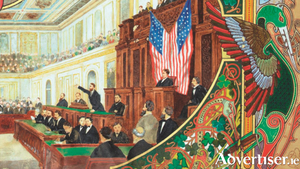Search Results for 'Land League'
22 results found.
The Battle for Ballinrobe Workhouse 1883-1888

Patrick J. Farragher was a dark-complexioned individual but was otherwise of regular features. His heavy moustache gave him a military appearance. Up to September 1879, Farragher held the lease to a farm on the Mannin Estate in Aghamore.
225th Anniversary of the Races of Castlebar
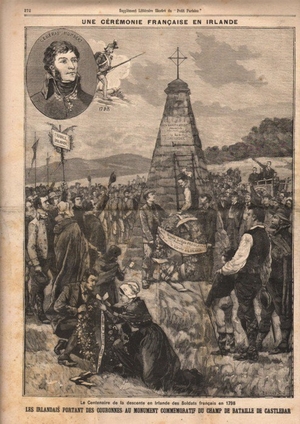
On the road between Castlebar and Belcarra, near the village of Tully, a small stone bridge fords a slow-moving river. The river runs through low boglands in the townland of Logaphuill parallel to the Cottage Road and east of French Hill.
An extraordinary confession on the eve of execution

The brutal killing of the Joyce family, the subsequent round up of the 10 accused, their trial and the sentencing of three men to hang, while the rest pleaded guilty and faced a life of penal servitude, gripped the public yet again when it had barely recovered from the Phoenix Park murders. In particular the evidence by the Cappanacrehas, and by Philbin and Casey understandably caused deadly resentment in Connemara, which still finds an echo today.
‘A man ran shouting: Lord Cavendish and Burke are killed..’
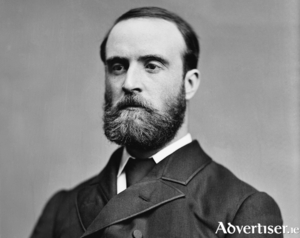
The Maamtrasna Murders happened at a time of deep unrest in Ireland. Three years previously, the most effective protest against the insidious landlord domination of the vast majority of the Irish people found expression in the Land League. It was established on October 21 1879, in the Imperial Hotel, Castlebar, by a former Fenian prisoner Michael Davitt. In a sweeping revolutionary statement, the League proclaimed the right of every tenant farmer to own the land he worked on. Because of the abuses heaped on tenants by some landlords, it had an immediate impact.
An outburst of unredeemed and inexplicable savagery
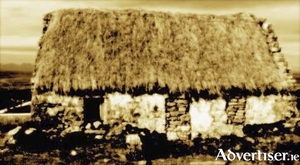
In early October 1884 a journalist from The New York Times, whom we only know by his initials HF, left Galway for Cong by steamer, in the company of Mr TP O'Connor, MP for Galway, and Mr Healy, MP for Monaghan.
‘A pale granite dream, afloat on its own reflection’
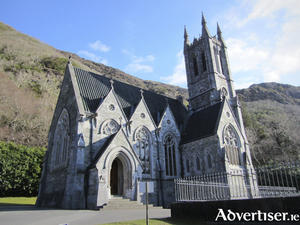
Mitchell Henry’s final days in Kylemore were sad ones. His adored wife Margaret had died at 45 years-of-age, and rested in a simple brick mausoleum in the grounds of his palatial Kylemore Castle. His political life, into which he put a great deal of personal effort, advocating on behalf of all Irish tenants the rights for them to own their own land, was out manoeuvred by Charles Stewart Parnell and the Land League. Henry described the Land League methods as ‘dishonest, demoralising and unchristian’. He probably was not surprised to lose his Galway seat in the general election of 1885. He blamed ‘Parnalite intimidation’.
A different type of politics was needed
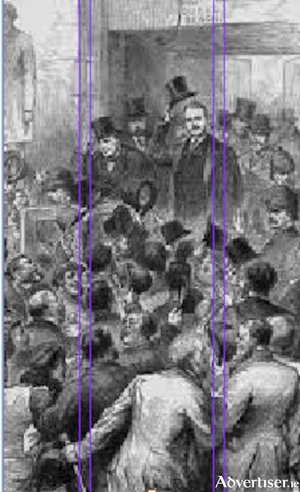
When Mitchell Henry entered Westminster parliament in 1871 he went with hope in his heart and a mission to tell the British people the precarious circumstances of the Irish tenant farmer. In many ways he resembled Jefferson Smith in the Frank Cappa film ‘Mr Smith Goes to Washington’ where a naive, idealistic young man has plans to change America.* Mitchell Henry, a liberal, kindly man, had plans to be a voice for the Irish tenant farmer within, what he believed, was a paternalistic landlord system, but he walked into a political cauldron, waiting to explode.
The Imperial or Daly's Hotel

In November 1842, Castlebar businessman Martian Sheridan was declared bankrupt. Dublin auctioneer John Littledale published a list of Sheridan's assets to be sold by public auction.
‘The peasantry are the foundation of the world - the upper classes get worn out’
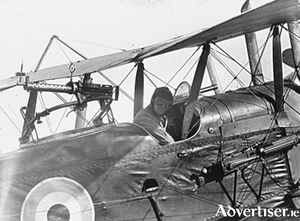
In the decades preceding the 1916 Rising, an extraordinary revolution had already taken place in rural Ireland. The British government had lost its patience with Irish landlords who owned 95 per cent of the land of Ireland (100 percent of county Galway was landlord owned), and had largely squandered their wealth leaving themselves vulnerable to poor harvests, successive seasons of bad weather, and an increasingly impoverished tenantry.
